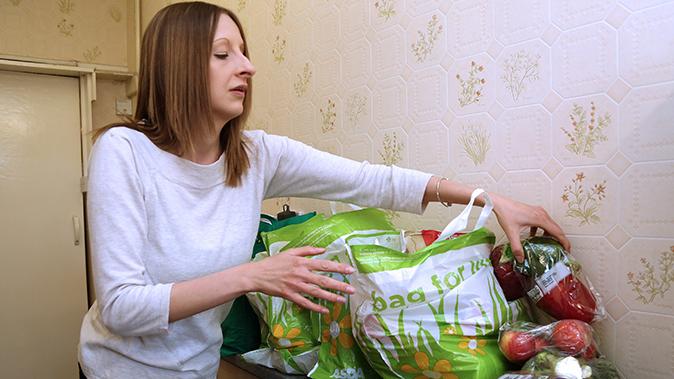About 31 percent of the total food supply in the United States goes to waste, but most American consumers are unaware of how much food they’re wasting.
In fact, they are likely wasting more food than they think, according to a recently published national survey on food waste, conducted by Johns Hopkins University’s Center for a Livable Future.
According to the USDA’s (Department of Agriculture) latest estimates, 430 billion pounds of food was lost along the supply chain from harvest to consumer in 2010, costing a total of $161.6 billion. On the consumer level, Americans wasted almost 90 billion pounds, or 21 percent of the total food supply.
That averages to losses of $371 per person—or about 9 percent of the average consumer dollars spent on food in 2010.






